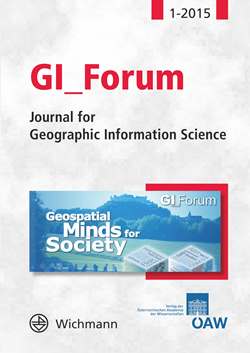
GI_Forum 2015, Volume 3, pp. 484-492, 2015/06/29
Journal for Geographic Information Science
Geospatial Minds for Society

Comparing different healthcare accessibility measures and relating them to socio-economic information is a useful means for identifying health inequalities. In this study, a socioeconomic deprivation index is initially calculated. Then, three measures of health services accessibility are calculated: distance to the nearest health center, a two-step floating catchment area measure, and a modified gravity-based accessibility measure. Finally, the three accessibility measures are compared to the socio-economic deprivation index. The study is applied in a study case in Quito, Ecuador. Results show differences between the different healthcare accessibility measures, and that areas with more socio-economic deprivation can be considered as areas that have limited access to health services.